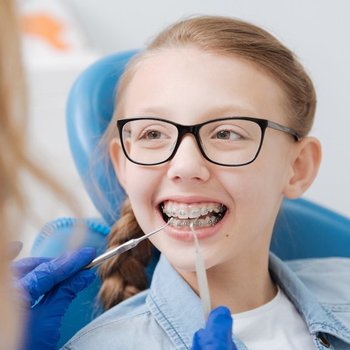Side Effects of Grinding Teeth
Teeth grinding is a relatively common dental issue that affects people of all ages and walks of life. Its clinical name, bruxism often refers to this condition, and it can have negative impacts on your dental health and overall quality of life.
Tooth & Jaw Pain
One of the most obvious signs of bruxism is soreness in the teeth and jaw. Pain is usually most severe in the morning but may continue throughout the day. Many patients believe that they are suffering from a cavity or loose filling, but the discomfort can actually be a symptom of long-term teeth grinding.
Tooth Shifting
Grinding puts extreme pressure on the surfaces of the teeth. This pressure may eventually loosen the affected teeth or cause them to shift slightly over time, reversing any orthodontic procedures that the individual has benefited from and even affecting the appearance of the face and jawline.
 Tooth Damage
Tooth Damage
Teeth grinding can wear down the enamel and lead to chipping, cracking, and fracturing the teeth. This damage may be even more severe if the affected teeth have already been weakened by fillings, caps, crowns, veneers, or dental implants.
Headaches
In some cases, persistent headaches have been linked to chronic bruxism. This condition can largely be attributed to stress build-up in the muscles of the neck, face, and scalp that are used when grinding our teeth.
Schedule an Appointment
If you suffer from chronic teeth grinding or have experienced any of the aforementioned symptoms, we recommend a visit to our office to meet with a Tamarac dentist or Plantation dentist. We can perform a standard dental exam to determine the cause of pain and develop a treatment plan that fits your needs and budget. Give us a call or submit a form request to get started!
August 20, 2021

 Adult
Adult




 Tooth Damage
Tooth Damage